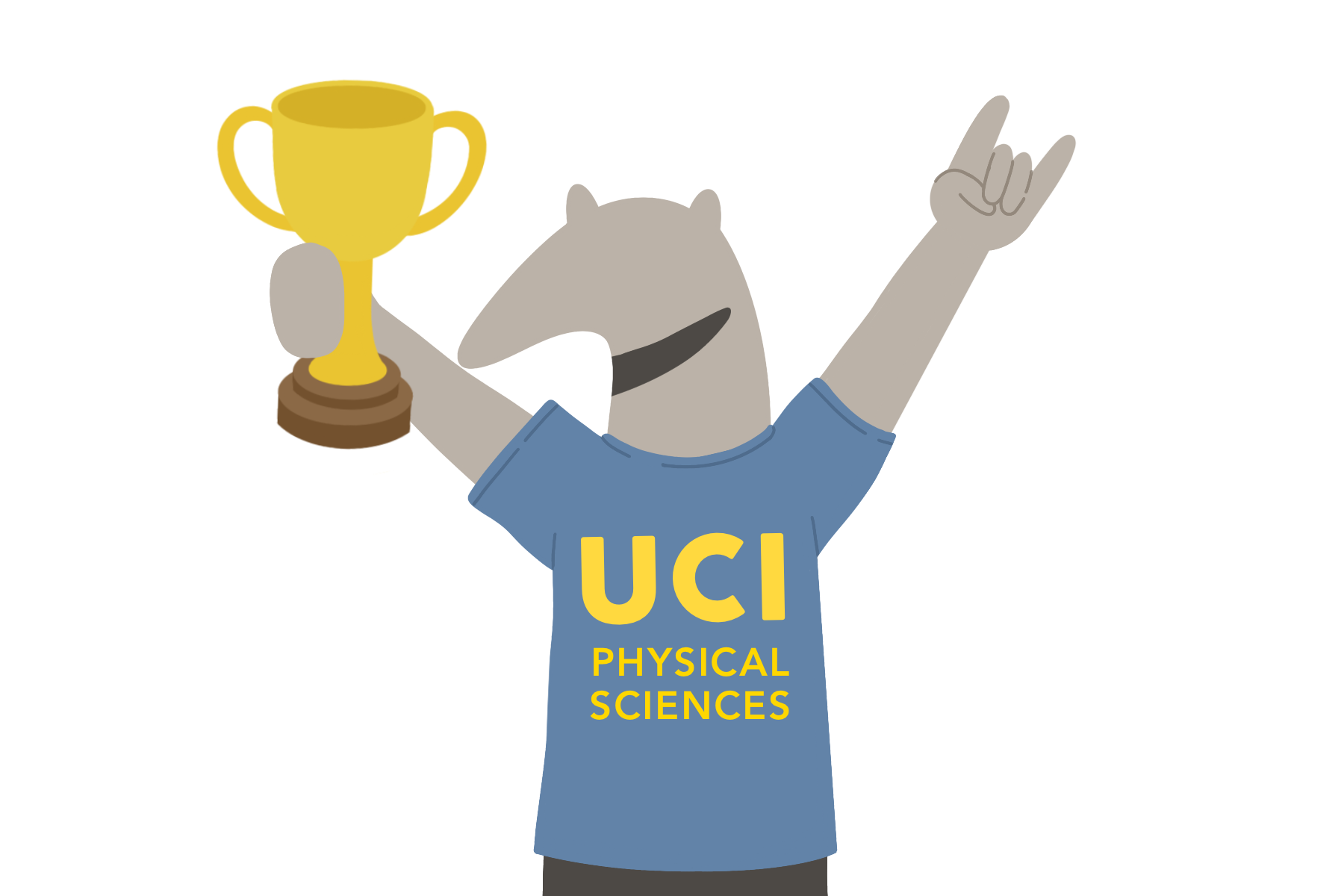Seven from Physical Sciences named to global list of most influential researchers

Professors Steven Allison, James Bullock, Steven Davis, James Randerson, Eric Rignot, Isabella Velicogna and Jasper Vrugt have been named to the Highly Cited Researchers 2019 global list.
Presented by Web of Science since 2002, this list recognizes research scientists who have demonstrated significant influence in their fields through the publication of multiple papers – highly cited by their peers – during the past decade. Thirteen researchers from UCI have earned the honor of being named in the 2019 list, and the School of Physical Sciences is proud to have the following seven faculty members included.
Steven Allison, Professor of Ecology & Evolutionary Biology and Earth System Science, studies the functional roles of microbes in ecosystems. Microbes, such as bacteria and fungi, contribute to global carbon balance and cycle nutrients required for plant growth. Using theory, experiments, and mathematical models, the Allison Lab analyzes the response of microbial communities to changes in the environment and the consequences for life on Earth.
James Bullock, Dean of the UCI School of Physical Sciences and Professor of Physics & Astronomy, studies how galaxies and their constituent dark matter halos have formed and evolved over billions of years of cosmic time. By analyzing data that astronomers have collected using the Hubble Space Telescope, the Keck Observatory, and other ground and space telescopes, he works to understand how galaxies, including the Milky Way, emerged from the primordial universe.
Steve Davis, Associate Professor of Earth System Science, studies the links between human activities and global environmental change, including scalable solutions that could avoid negative impacts. His work is inherently interdisciplinary, drawing on methods and tools of physical science, engineering, economics, and policy analysis. Specific topics of his research include the carbon dioxide and air pollution emissions embodied in international trade, infrastructural inertia and carbon lock-in, net-zero emissions energy systems, and more sustainable agricultural systems.
James Randerson, Ralph J. and Carol M. Cicerone Professor of Earth System Science, studies climate change, the carbon cycle and the effects of fire on ecosystem function and atmospheric composition. He is well-known in the scientific community for his expertise in using remote-sensing and in-place data gathering techniques and computer models to study the Earth system, and his work is frequently referenced in policy recommendations and regulations geared toward the effective and sustainable management of the environment.
Eric Rignot, Chair, Donald Bren and Chancellor’s Professor of Earth System Science, studies the interactions of ice and climate, in particular to determine how the ice sheets in Antarctica and Greenland will respond to climate change in the coming century and how they will affect global sea level. He is also a senior scientist at NASA’s Jet Propulsion Laboratory. Rignot travels to some of the most extreme locations on the planet to conduct research and is frequently sought out by media outlets for his insights into glacier and ice sheet changes brought on by global warming.
Isabella Velicogna, Chancellor’s Professor of Earth System Science and Associate Dean of Graduate Studies, Equity and Inclusion, studies the evolution of the Greenland and Antarctic ice sheets, changes in terrestrial water storage on land from natural cycles and human activities, and their contribution to regional sea level rise using time series of time-variable gravity data from the Gravity Recovery And Climate Experiment (GRACE) missions.
Jasper Vrugt, Associate Professor of Civil and Environmental Engineering and Earth System Science, combines numerical modeling and/or analytic solutions with small and large-scale measurements, and inverse modeling to improve theory, understanding and predictability of complex Earth systems.
According to the Web of Science, these researchers have distinguished themselves by publishing a high number of papers that rank in the top 1% most cited works in their field and during its year of publication. Such consistent production of highly cited reports indicates that the work of these researchers has been repeatedly judged by their peers to be of notable significance and utility.
See list of Physical Sciences Highly Cited Researchers from previous years here.
